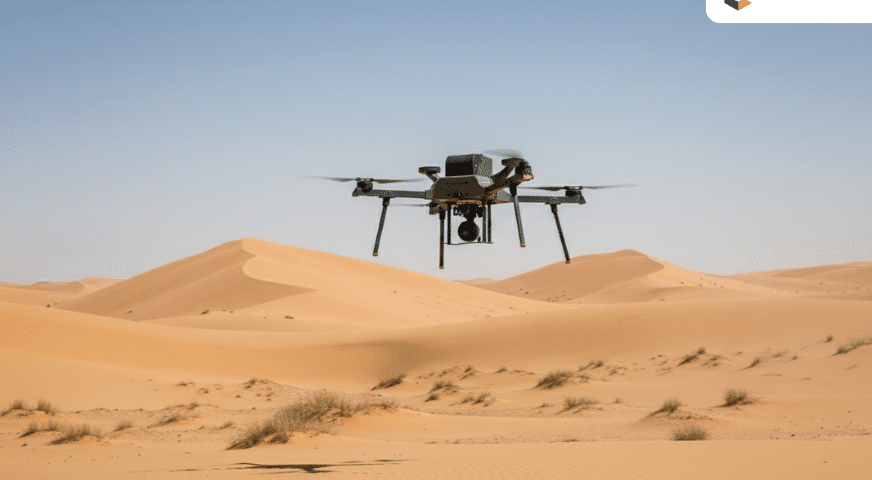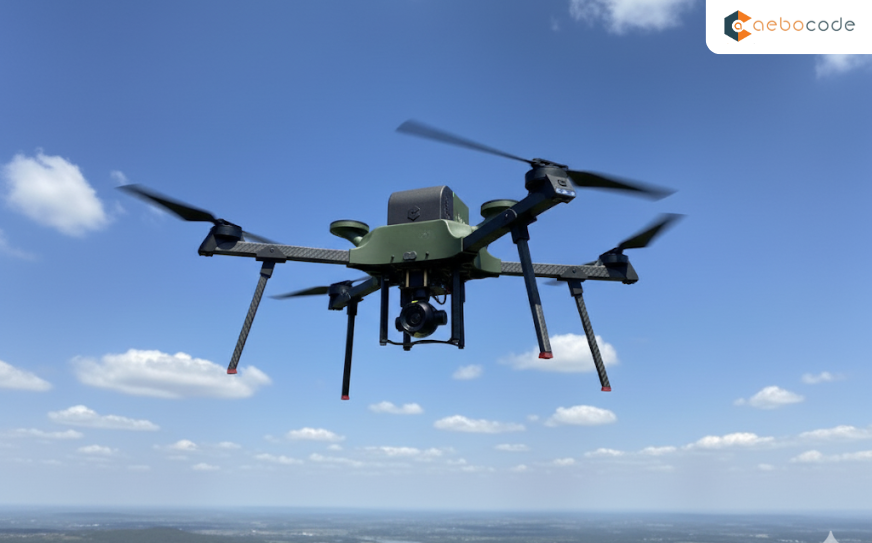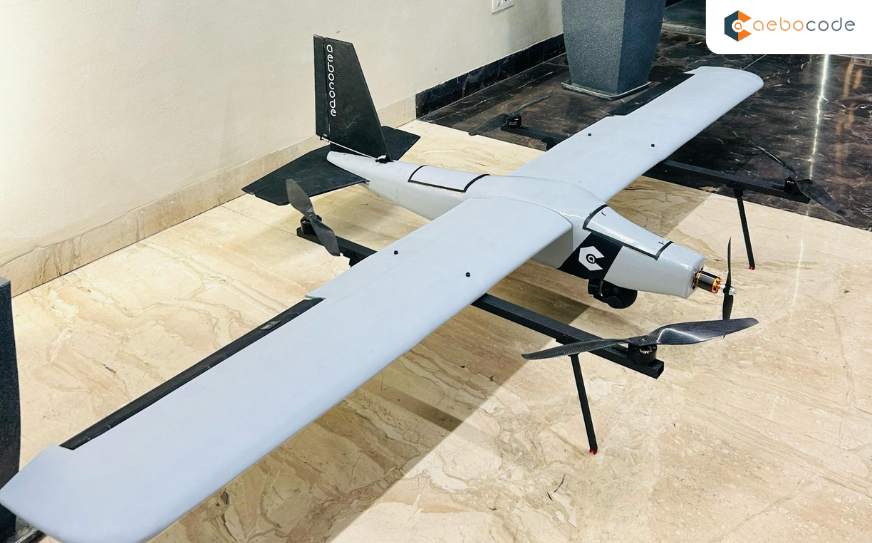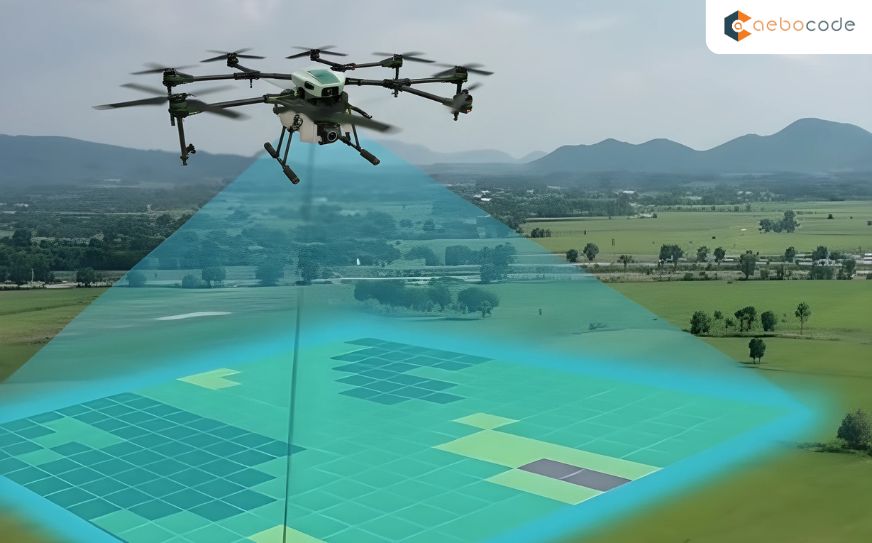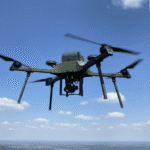
How India’s Drone Suppliers Fulfill Every Specification
October 27, 2025How Drone Startups Are Leading the Make in India Vision
The Indian Government kick-started the Make in India program in 2014 with a vision to make India an economic manufacturing powerhouse. Over the years, this vision has now moved beyond the auto and apparel industries — now extending to frontier industries like making drones and research. Among the new arrivals, Indian drone startups have been leading the country in shaping the technology vision of the nation.
These emerging players are not just developing indigenous drone technology but also reconfiguring India’s strategy around automation, surveillance, agriculture, logistics, and relief in natural disasters. Domestic market expansion and international outreach, drone firms are turning the “Make in India” dream into a reality — flight by flight.
1. The Rise of Drone Technology in India
Over the past few years, India’s drone market has expanded exponentially. Policy incentive measures like the Drone Rules 2021 and the PLI scheme for manufacturing drones and drone components have given a much-needed fillip.
These regulations promote local production, decrease import dependence, and enable startups to experiment in a well-defined regulatory environment. India has therefore experienced a new generation of drone startups — developing drones for different sectors such as agriculture, defense, infrastructure, and environmental surveillance.
From mapping rural geography to helping militaries with reconnaissance, indigenous Indian drones are rapidly becoming part of civilian as well as military application. This technological shift is driving indigenous innovation and making India more self-reliant in producing high-tech technology.
2. Facilitating Self-Reliance and Domestic Production
One of the underlying foundations of Make in India is Atmanirbhar Bharat — self-reliance. Indian drone firms are actively contributing towards this by creating local hardware, flight control software, and AI-based analytics software.
Previously, drone equipment like batteries, sensors, and cameras were imported nearly all from overseas. But with Indian startups coming into the picture, alternatives locally are now being produced today to keep up with global standards. Firms are creating end-to-end solutions, ranging from design to deployment, with less dependence on imports and more local job generation.
Apart from local production, Indian startups can tailor drones to Indian landscapes — from climate, weather, and agricultural patterns. That is an opportunity alien solutions cannot offer, and it places Indian startups ahead.
3. Applications of Drones Revolutionizing Indian Industries
The true value of drone innovation lies in applications to industries. This is how Indian startups are transforming industries:
Agriculture: Precision agriculture is becoming a reality with the help of drones — aiding farmers in mapping crops, spraying pesticides, and forecasting yields. It eliminates wastage, saves inefficiency, and preserves precious time.
Infrastructure: Drones are utilized for 3D mapping, land surveying, and building monitoring. They provide speed and accuracy that human methods cannot.
Disaster Management: During earthquakes, landslides, or floods, drones provide critical real-time imagery to aid rescue and relief efforts.
Defense and Surveillance: Local drone technology is utilized by the army to protect borders, monitor, and reconnaissance.
Logistics: Businesses are testing drone delivery networks for off-grid or remote areas that can revolutionize India’s logistics sector.
These uses suggest not only technological innovation but also how local drone solutions are meeting India-specific challenges head-on.
4. Government Support and Policy Reforms
The government’s strategy has been an impetus to the success of Indian drone startups. By relaxing rules and deploying savvy policies, India is now one of the most potential markets for innovation in the drone market.
Drone Rules 2021 eased procedure for operation and registration so that it would be a simple one for startups to receive permission. Additionally, PLI Scheme for Drones provided financial assistance to manufacturers using local parts and technology, hence encouraging local manufacturing.
The government, in 2022, also introduced the Drone Shakti program to encourage drone-as-a-service (DAAS) startups and generate employment. These efforts are in tandem with the vision of India becoming a global leader in drone manufacturing and operation in the future.
5. The Role of Research, Innovation, and Collaboration
India’s incubators and research centers have led the charge when it comes to promoting innovation. Research centers and universities are teaming up with drone startups to create sophisticated technologies such as AI-based flight systems, autonomous navigation systems, and computer vision algorithms.
Defense entities and startups are also cooperating to create next-generation drones for strategic operations and high-altitude surveillance. Such cooperation not only boosts technological capabilities but also fosters a culture of shared knowledge that fuels sustainable development.
Moreover, investors are rapidly recognizing the potential of drone technology, and the investment window for these startups is expanding quickly. The investment is assisting startups in scaling up their businesses, increasing R&D, and competing at the global level.
6. Challenges ahead
Despite these successes, drone startups face several challenges, including strict regulations, technological limitations, and limited market acceptance.
Regulatory Obstacles: Despite the new pro-motoring regulations, bureaucratic apathy and other state-level rules can act as obstacles.
Technological Gaps: Most of the startups continue to utilize imported sensors and high-precision parts, as the indigenous manufacturing ecosystem for the same is in its infancy.
Skill Shortages: The demand for skilled engineers, pilots, and maintenance personnel continues to rise.
Public Perception: Drones are gaining momentum, but widescale commercial uptake remains in its early days.
To address these setbacks, regular policy reinforcement, academia-industry interface, and professional training programs are the order of the day.
7. The Road Ahead: Global Perception and Export Opportunities
With the growing ecosystem, Indian drone startups are not just looking at home markets — they’re going abroad. Cheap, design thinking-based innovation and flexible to be used for various purposes, Indian drones have a promising export future.
Southeast Asian, African, and Middle Eastern nations are already keen to partner with Indian producers. That perfectly aligns with the Make in India vision, positioning India as a global hub for advanced, innovative, and cutting-edge technology.
India is poised to become a leading global exporter of drones and technology, mirroring the successful growth path of the IT industry.
Conclusion
Indian drone startups are the Make in India success story. Startups are driving innovation, creating jobs, and fostering indigenization, empowering India to become a self-reliant, technology-driven, and globally competitive nation.
From agriculture to security, drones are revolutionizing industries, and with continued investment, India is poised to lead global drone technology innovation. The “Make in India” fantasy is no longer making, but innovation, creation, and making the world believe in its technological superiority.



